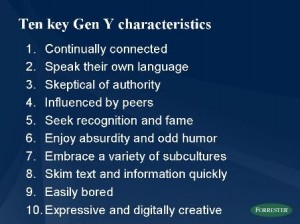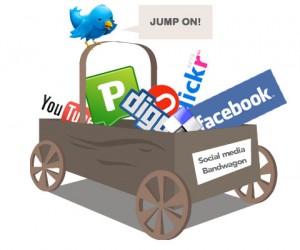Probably not. Hey, it’s Google, after all. Undoubtedly the most successful search engine in the world. So what in the world could possibly threaten the Google empire? The biggest competition doesn’t come from a search engine at all.
OK, so it’s not direct competition in terms of core functionality, but still. It’s competing for consumers’ time and attention, and according to statistics from the UK, Facebook is winning.
Why should this even matter to Google?
Well, it’s all about the search engine’s main revenue source: advertising spend.
It shouldn’t be any surprise to anyone who’s ever heard the phrase “social network” that Facebook is king of the status-phere. In the Hitwise study it collected 55% of all social site visits. Google beat Facebook in wider Web clicks overall, with 9.3% of total Web traffic to Facebook’s 7%. But when total Internet traffic was tabulated, social networks as a group won the race by a neck (or a few clicks!) with half of a percent more traffic than search engines – a first-time accomplishment for social networks. Continue reading




 Mashable.com
Mashable.com







